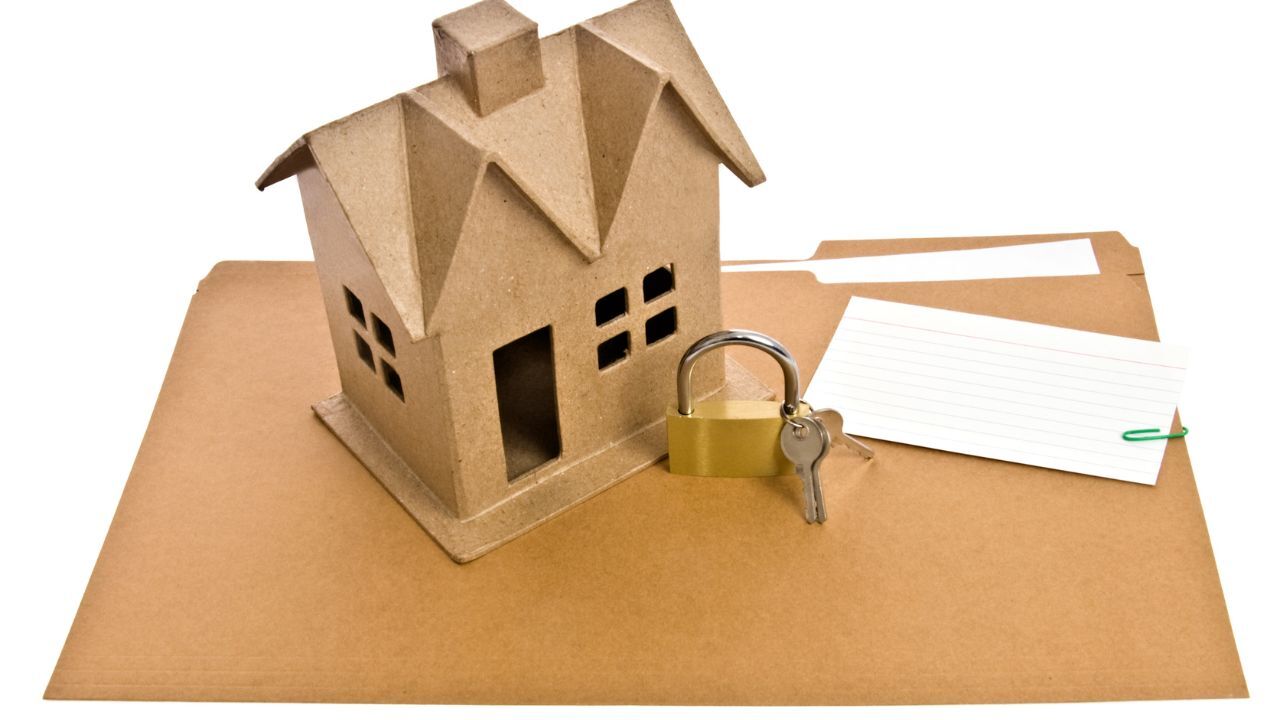 Many hopeful homebuyers find that their income alone does not quite meet the requirements for a mortgage. This challenge is especially common for people early in their careers, those recovering from financial setbacks, or buyers facing higher home prices. One option that can make a meaningful difference is bringing in a non-occupant co-borrower.
Many hopeful homebuyers find that their income alone does not quite meet the requirements for a mortgage. This challenge is especially common for people early in their careers, those recovering from financial setbacks, or buyers facing higher home prices. One option that can make a meaningful difference is bringing in a non-occupant co-borrower.
What a Non-Occupant Co-Borrower Is
A non-occupant co-borrower is someone who agrees to apply for the mortgage with you but does not plan to live in the property. Their income, credit history and financial stability are reviewed alongside yours. This added support can help strengthen the entire application.
How Income Support Works
When a non occupant co borrower is added, their qualifying income is blended with yours. This can reduce your debt to income ratio, which is a key factor lenders review. With stronger combined income, you may qualify for a loan amount that was previously out of reach.
Impact on Credit and Responsibility
Both you and the non-occupant co-borrower are equally responsible for the loan. This means that any late payments or default will impact both credit profiles. It is important to choose someone who understands the commitment and feels confident in your ability to manage the payments.
Who Commonly Serves in This Role
Non-occupant co-borrowers are often family members who want to support a relative as they purchase a home. Parents, adult children or siblings are common examples. Even though they will not live in the home, they help strengthen the financial side of the application.
Long Term Considerations
Before moving forward, it is helpful to have an open conversation about expectations. Some buyers may later refinance to remove the co borrower once their income increases or their credit improves. Planning ahead can help everyone feel comfortable with the arrangement.
Adding a non-occupant co-borrower can make homeownership more achievable for buyers who are close to qualifying but need a little extra support. With the right partner and the right plan, it can be a valuable path toward securing a mortgage that fits your goals.

 The idea of extending mortgage terms well beyond the traditional thirty years is gaining new attention. With rising home prices and tightened affordability, many buyers are wondering whether a much longer loan could help lower the monthly payment enough to make homeownership more achievable. Before deciding if this type of option makes sense, it is important to look at why the concept is being discussed and what it could mean for buyers in the real world.
The idea of extending mortgage terms well beyond the traditional thirty years is gaining new attention. With rising home prices and tightened affordability, many buyers are wondering whether a much longer loan could help lower the monthly payment enough to make homeownership more achievable. Before deciding if this type of option makes sense, it is important to look at why the concept is being discussed and what it could mean for buyers in the real world. Owning a second home is a dream for many people, whether it is a quiet cabin by the lake, a beachfront retreat, or a mountain getaway. For others, that dream also comes with the potential to generate income through short-term rentals. However, mortgages for vacation homes and Airbnb properties are not the same. Lenders view these two types of homes differently, and understanding those differences can help you choose the right financing option for your goals.
Owning a second home is a dream for many people, whether it is a quiet cabin by the lake, a beachfront retreat, or a mountain getaway. For others, that dream also comes with the potential to generate income through short-term rentals. However, mortgages for vacation homes and Airbnb properties are not the same. Lenders view these two types of homes differently, and understanding those differences can help you choose the right financing option for your goals. Interest rates can fluctuate from one week to the next, and that can have a major impact on your monthly payment and overall loan cost. A mortgage rate lock gives you the ability to secure your interest rate for a set period of time, protecting you from unexpected increases while your loan is being finalized. Understanding how rate locks work can help you choose the right time and terms for your situation.
Interest rates can fluctuate from one week to the next, and that can have a major impact on your monthly payment and overall loan cost. A mortgage rate lock gives you the ability to secure your interest rate for a set period of time, protecting you from unexpected increases while your loan is being finalized. Understanding how rate locks work can help you choose the right time and terms for your situation. Meeting with a lender for the first time is a big step in your homebuying journey. Whether you are buying your first home or upgrading to your next one, your mortgage appointment sets the stage for what comes next. Knowing what to expect helps you feel confident, prepared, and ready to make the most of that important conversation.
Meeting with a lender for the first time is a big step in your homebuying journey. Whether you are buying your first home or upgrading to your next one, your mortgage appointment sets the stage for what comes next. Knowing what to expect helps you feel confident, prepared, and ready to make the most of that important conversation.